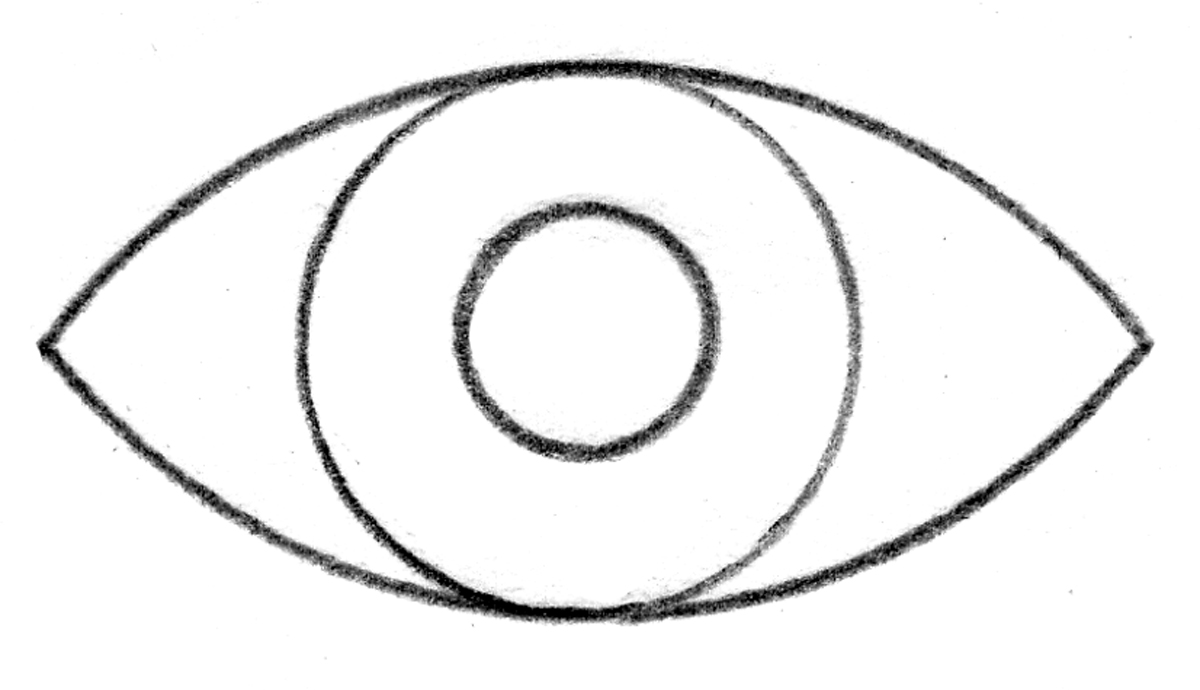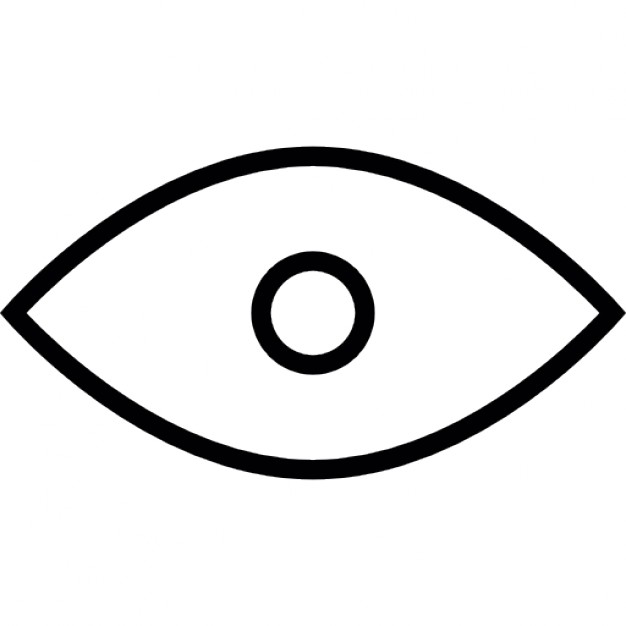

If after skimming you decide the material will be useful, go ahead and scan: To make sense of lists and tables, skim them first to understand how they are organized: alphabetical, chronological, or most-to-least, for example. Don't forget to scan tables of contents, summaries, indexes, headings, and typographical cues. Skim this material first to decide if it is likely to contain the facts you need.
But while the goal of skimming is a bird's-eye view of the material, the goal of scanning is to locate and swoop down on particular facts.įacts may be buried within long text passages that have relatively little else to do with your topic or claim. Scanning, too, uses keywords and organizational cues. When you skim introductory and concluding paragraphs.While skimming is always faster than your normal reading speed, you should slow down in the following situations: Good skimmers do not skim everything at the same rate or give equal attention to everything. Ideas you miss you may pick up in a chapter overview or summary. For instance, the main ideas of paragraphs are not always found in the first or last sentences (although in many textbooks they are). When you skim, you take a calculated risk that you may miss something. If you cannot complete all the steps above, compromise: read only the chapter overviews and summaries, for example, or the summaries and all the boldfaced keywords. Resist the temptation to stop to read details you don't need. When you think you have found something significant, stop to read the entire sentence to make sure.Stop and quickly read the sentences containing keywords indicated in boldface or italics.For each paragraph, read only the first few words of each sentence or to locate the main idea. Read the entire introductory paragraph and then the first and last sentence only of each following paragraph.Glance through the main headings in each chapter just to see a word or two.Read the table of contents or chapter overview to learn the main divisions of ideas.You will be alert for key words and phrases, the names of people and places, dates, nouns, and unfamiliar words. You will not read every word you will pay special attention to typographical cues-headings, boldface and italic type, indenting, bulleted and numbered lists. To skim, prepare yourself to move rapidly through the pages. Skimming can tell you enough about the general idea and tone of the material, as well as its gross similarity or difference from other sources, to know if you need to read it at all. Use skimming to decide if you need to read something at all, for example during the preliminary research for a paper.

Use skimming to overview your textbook chapters or to review for a test. But when you skim, you may miss important points or overlook the finer shadings of meaning, for which rapid reading or perhaps even study reading may be necessary. It is very useful as a preview to a more detailed reading or when reviewing a selection heavy in content. However, it is not always the most appropriate way to read.

Skimming can save you hours of laborious reading. Use scanning in research to find particular facts, to study fact-heavy topics, and to answer questions requiring factual support. Use skimming in previewing (reading before you read), reviewing (reading after you read), determining the main idea from a long selection you don't wish to read, or when trying to find source material for a research paper. Skimming is like snorkeling, and scanning is more like pearl diving. While skimming tells you what general information is within a section, scanning helps you locate a particular fact. Scanning is reading rapidly in order to find specific facts. Skimming is reading rapidly in order to get a general overview of the material. Skimming and scanning are reading techniques that use rapid eye movement and keywords to move quickly through text for slightly different purposes.


 0 kommentar(er)
0 kommentar(er)
